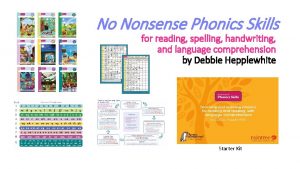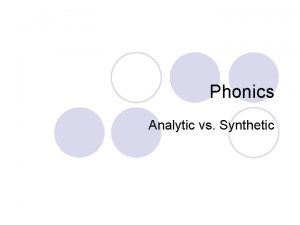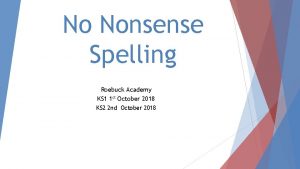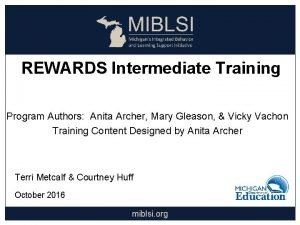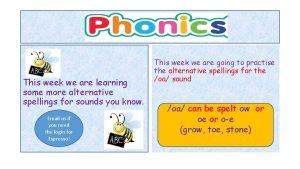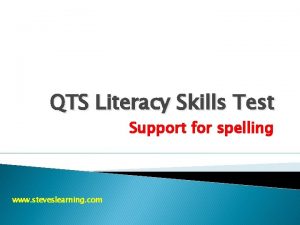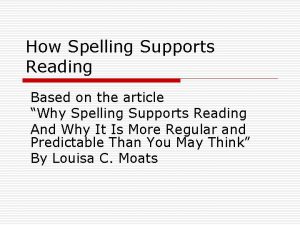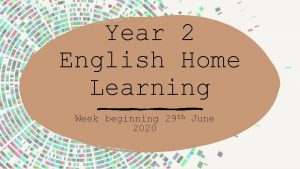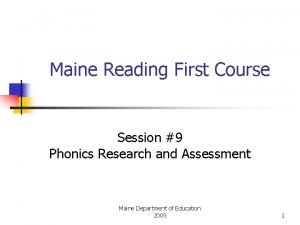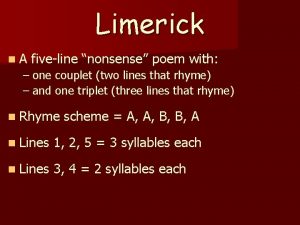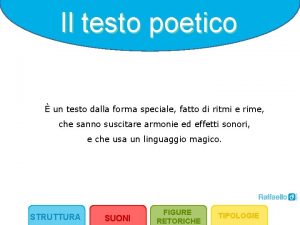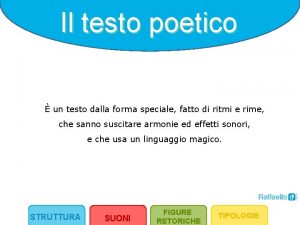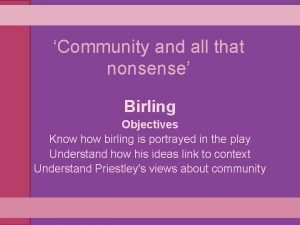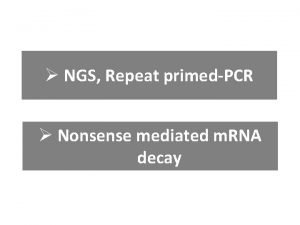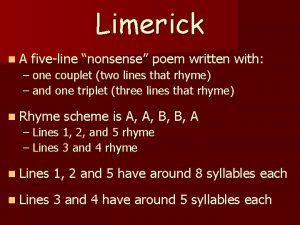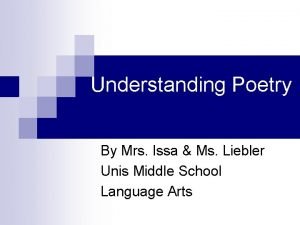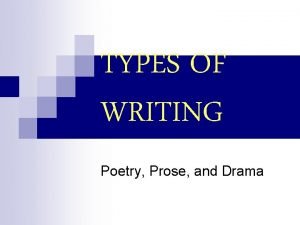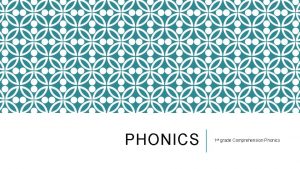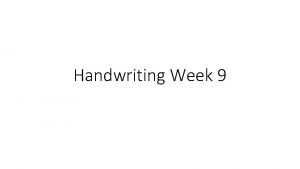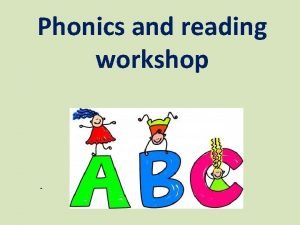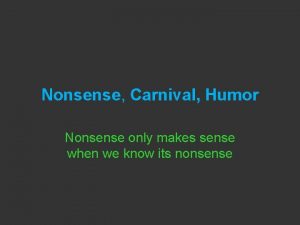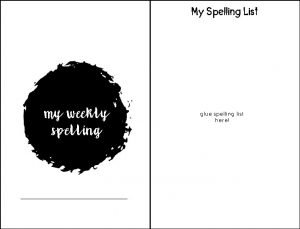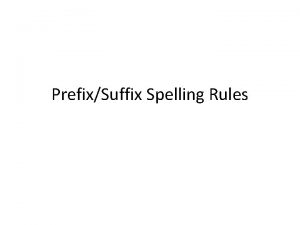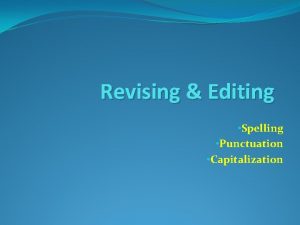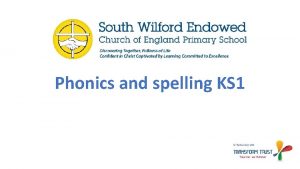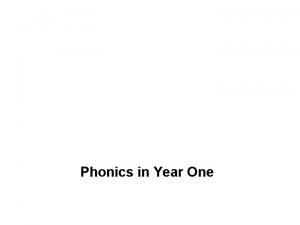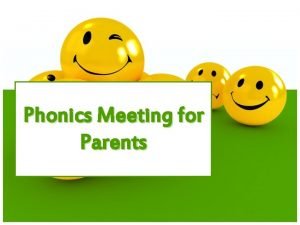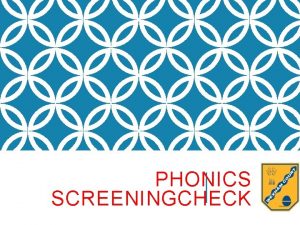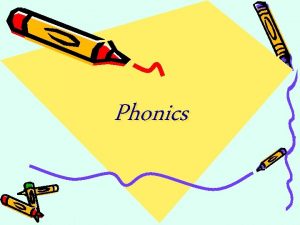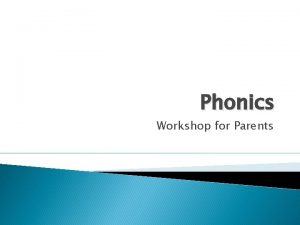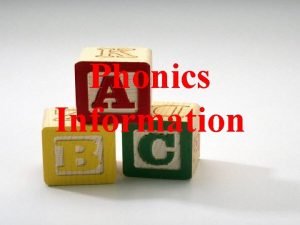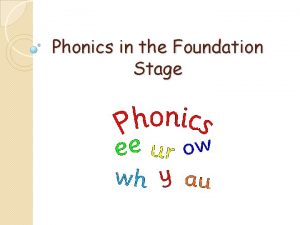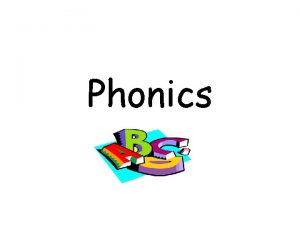No Nonsense Phonics Skills for reading spelling handwriting

































- Slides: 33

No Nonsense Phonics Skills for reading, spelling, handwriting, and language comprehension by Debbie Hepplewhite Starter Kit

Systematic Synthetic Phonics: Nine Pupil Books and Nine Teacher Books

The Power. Point Presentation • Part One: An introduction to Debbie Hepplewhite, author of the programme, the summaries of research underpinning the programme, and the No Nonsense Phonics Skills resources • Part Two: Main content of the nine Pupil Books and how the Teacher Books provide additional support for the teacher • Part Three: More detailed guidance for delivery, monitoring, differentiation and best use of the programme

Part One: An Introduction to Debbie Hepplewhite MBE FRSA • Previously: primary teacher, headteacher, special needs teacher – currently: teacher-trainer & consultant • Author of the online Phonics International programme for all ages and contexts (2007) • Phonics consultant for the Oxford Reading Tree Floppy’s Phonics Sounds and Letters programme (2010) • Awarded an MBE for ‘Services to Education’ in the Queen’s New Years Honours List (2012) • Author of Phonics Training Online for foundational literacy and Debbie’s ‘two-pronged systematic and incidental phonics teaching and learning’ approach (2015) • Author of Phonics and Talk Time – two sequential pre-school books introducing alphabet letters and their corresponding sounds along with blending for reading and oral segmenting for spelling (2017)

Part One: Research Summaries 1) What ARE the words? 2) What do the words MEAN?

No Nonsense Phonics Skills Starter Kit • 6 copies each of the nine Pupil Books (54 books in total) • A Teacher Book for each level of Pupil Book (9 books in total) • 6 hard copy Mini Alphabetic Code Charts • USB Stick with supplementary resources • Pupil Books, Teacher Books and Mini Alphabetic Code Charts can be bought as separate items. Other resources may be made available separately later.

The Nine Pupil Books

Suitable for: • Mainstream teaching • Targeted support for speeding up and consolidating learning • Intervention when learners have specific individual needs • Individual provision – tutoring, working in partnership with parents or carers, home education • English speakers • Teaching English as a new or additional language

Question: How can the books be suitable for all learners? Answer: They all need to learn the same alphabetic code and phonics skills for lifelong reading and spelling! Order of introducing the alphabetic code in the No Nonsense Phonics Skills Pupil Books Rationalising the units of sound and their many spelling alternatives as an ‘Alphabetic Code Chart’

The Nine Teacher Books

Features of the Programme’s Rationale 1. The Systematic Synthetic Phonics Teaching Principles 2. Distinguishing between the Alphabet and the Alphabetic Code 3. Debbie’s ‘Two-pronged systematic and incidental phonics teaching and learning’ approach 4. Delivered through a phonics Teaching and Learning Cycle

The Systematic Synthetic Phonics Teaching Principles 1. Systematically teach the KNOWLEDGE of the letter/s-sound correspondences of the alphabetic code and the three core phonics SKILLS and their sub-skills. 2. Application: Use cumulative, decodable words, sentences and texts for individual reading/spelling/writing practice. 3. Don’t teach, or promote, multi-cueing reading strategies that amount to guessing words from pictures, context or initial letter cues as these detract from, and dilute, the phonics application and result in weaker reading profiles. http: //www. phonicsinternational. com/Triangle_sub_core_skills. pdf

The Alphabet and the Alphabetic Code Front of chart Back of chart

SSP: Introducing the Alphabetic Code • A planned, systematic synthetic phonics programme generally teaches the English code from simple to complex: 1. Simple code (sometimes called: basic, transparent) Introduce mainly one spelling for all the sounds (phonemes) 2. Complex code (extended, advanced, opaque) Some sounds and graphemes revisited – spelling and pronunciation alternatives introduced

The ‘Two-pronged Systematic and Incidental Phonics Teaching and Learning’ Approach Systematic: Planned incremental phonics programme + Incidental: *individual *group *class -as needed

General Phonics Teaching and Learning Cycle

The No Nonsense Teaching and Learning Cycle

The Phonics Exercise Book An exercise book with lines is required for every pupil. These are not supplied.

Part Two: Main Content of the Pupil Books The Alphabetic Code Building Up the Sounds and Graphemes ‘Say the Sounds’ at the beginning of every lesson

“Saying the Sounds” Book 9 The Alphabetic Code Building Up the Sounds and Graphemes The ‘sounds’ (phoneme/s) are shown in slash marks like this: /s/ /a/ /t/ /i/ /p/ /n/ Vowel sounds are shown in red. Consonant sounds are shown in blue.

‘Multi-skills Activities’ pages + extra guidance Extra guidance in the Teacher Book

Range of activities for each ‘Mini Story’ Suggested comprehension questions in the Teacher Book

‘Spelling Word Banks’ and some additional activities

Code Assessment at the end of Books 1 to 8

Starter Kit Supplementary Resources

Part Three: Suggestions for delivery, monitoring, differentiation and best use of the programme • Delivery: Teaching and Learning Cycle • Time allocated • Marking and monitoring • Differentiation • Best use of the programme

Delivery: Teaching and Learning Cycle

Time Allocated Teachers need to be time-efficient but allow sufficient time for learners to learn!

Marking and Monitoring

Differentiation • Avoid planning lots of different work at different stages of the programme if you have a group or whole class • But don’t restrict the speed at which children complete their activities • Don’t expect to supervise and mark all children equally thoroughly – they won’t all need the same responses from you • Provide additional independent extension activities for quicker learners and older learners – for example: dictionary work, earlier expectation for ‘self-dictation’ activities, ‘What happens next? ’ in the Mini Stories, finding additional words and meanings for the Spelling Word Banks • Some children will need more ‘little and often’ repetition – arrange this • Have high expectations of all children’s efforts but teach ‘what this looks like’ very thoroughly

Best Use of the Programme Please note: Use the audio-video version of this Power. Point to hear suggestions for best use of the programme.

To Build on No Nonsense Phonics Skills • For further resources to extend knowledge of the alphabetic code for vocabulary, language development and Spelling Word Bank work, you might wish to investigate Debbie’s Phonics International programme provided online for all ages and contexts, see: www. phonicsinternational. com • For more in-depth professional development for foundational reading and spelling instruction and the ‘two-pronged systematic and incidental phonics’ approach, investigate Debbie’s ‘Phonics Training Online’ programme: www. phonicstrainingonline. com • For FREE fully joined handwriting guidance and resources, see: www. debbiehepplewhitehandwriting. com

Research and Reading Debate • For research information, the following three sites are highly recommended: • The UK Reading Reform Foundation www. rrf. org. uk • The International Foundation for Effective Reading Instruction www. iferi. org • Susan Godsland’s award-winning site www. dyslexics. org. uk
 No nonsense phonics pdf
No nonsense phonics pdf Difference between synthetic and analytic phonics
Difference between synthetic and analytic phonics Words without vowels
Words without vowels Phonics for reading anita archer
Phonics for reading anita archer Ash's phonics
Ash's phonics Pre reading while reading and post reading activities
Pre reading while reading and post reading activities Literacy skills test spelling
Literacy skills test spelling How spelling supports reading
How spelling supports reading Nonsense poem
Nonsense poem Scholastic nonsense word test
Scholastic nonsense word test Limerick poems syllable pattern
Limerick poems syllable pattern Schema aa bb
Schema aa bb Filastrocca rima alternata
Filastrocca rima alternata Community and all that nonsense meaning
Community and all that nonsense meaning A form of vocal improvisation on nonsense syllables.
A form of vocal improvisation on nonsense syllables. Nonsense mediated decay
Nonsense mediated decay Butchwe
Butchwe Free verse poem for kids
Free verse poem for kids Nonsense poetry meaning
Nonsense poetry meaning A load of nonsense
A load of nonsense Activator protein
Activator protein Poesia con allitterazione
Poesia con allitterazione Iso 22301 utbildning
Iso 22301 utbildning Typiska novell drag
Typiska novell drag Tack för att ni lyssnade bild
Tack för att ni lyssnade bild Vad står k.r.å.k.a.n för
Vad står k.r.å.k.a.n för Varför kallas perioden 1918-1939 för mellankrigstiden?
Varför kallas perioden 1918-1939 för mellankrigstiden? En lathund för arbete med kontinuitetshantering
En lathund för arbete med kontinuitetshantering Adressändring ideell förening
Adressändring ideell förening Vilotidsbok
Vilotidsbok A gastrica
A gastrica Förklara densitet för barn
Förklara densitet för barn Datorkunskap för nybörjare
Datorkunskap för nybörjare Tack för att ni lyssnade bild
Tack för att ni lyssnade bild
